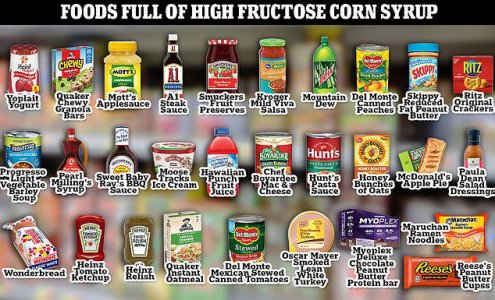bobcat
Well-known Member
- Location
- Northern Calif
I'm not very knowledgeable about food ingredients, but I'm fairly convinced that our modern diet is leading to many health conditions and bad outcomes. I will be the first to acknowledge that for many ingredients, the names are over my head, and I don't really know what they are. However, if they don't sound like wholesome and natural things, they probably aren't.
From various sweeteners, food colorings, emulsifiers, and additives, it can make your head explode. Food products that seem harmless may be anything but. Sometimes I feel like one needs a degree in food science to understand it all. It's simply not my field of expertise. Thank heaven for all you whistleblowers who have that knowledge. You are the watchdogs looking out for our health, and much appreciated.

From various sweeteners, food colorings, emulsifiers, and additives, it can make your head explode. Food products that seem harmless may be anything but. Sometimes I feel like one needs a degree in food science to understand it all. It's simply not my field of expertise. Thank heaven for all you whistleblowers who have that knowledge. You are the watchdogs looking out for our health, and much appreciated.


